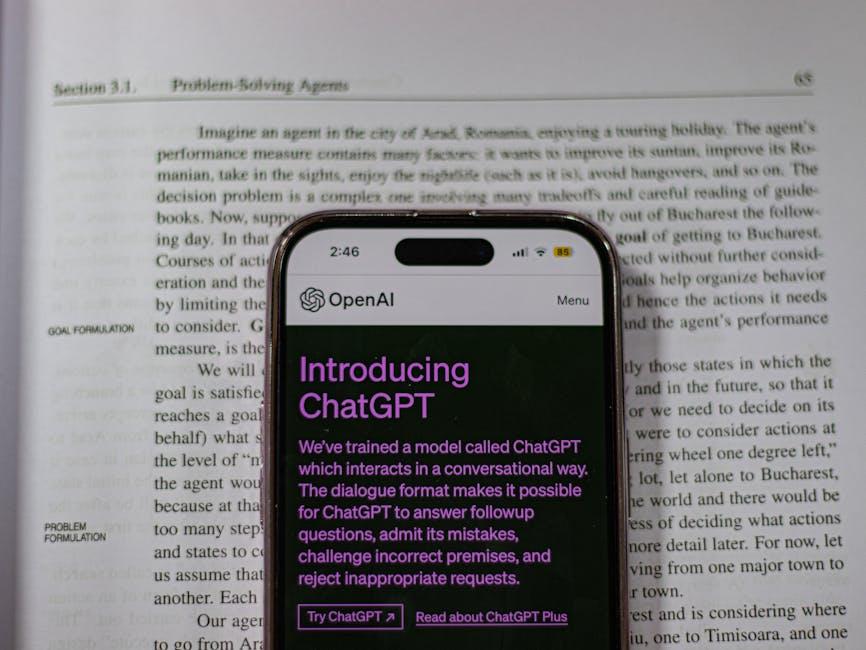New AI Model Can Simulate ‘Super Mario Bros.’ After Watching Gameplay Footage
Artificial Intelligence (AI) has made remarkable strides in recent years, surpassing human capabilities in various fields. From autonomous vehicles to medical diagnoses, AI has revolutionized the way we approach problem-solving. Now, AI has taken another leap forward with an astounding new development – simulating the popular video game ‘Super Mario Bros.’ using only gameplay footage as input.
Researchers at the Massachusetts Institute of Technology (MIT) and the Technische Universität Darmstadt in Germany have successfully trained an AI model that can recreate ‘Super Mario Bros.’ levels by merely analyzing and watching gameplay videos. In a groundbreaking paper titled ”Playing for Data: Ground Truth from Mobile Game Players,” the team documented their creation and its potential implications.
The AI model works by utilizing deep reinforcement learning techniques, which involve training an AI system to learn and adapt through continuous feedback. Initially, the researchers assembled a vast dataset of gameplay recordings from various players interacting with ‘Super Mario Bros.’ Uniting elements of computer vision and machine learning, the AI model was exposed to the variety of scenarios, strategies, and play styles within the game.
The AI model developed an understanding of the various components such as obstacles, enemies, power-ups, and the protagonist, Mario himself. It gradually analyzed millions of distinct frames, learning how different elements of the game interacted and affected gameplay. This comprehensive understanding laid the foundation for generating highly accurate simulations.
After training, the AI model demonstrated impressive capabilities by reconstructing the iconic game from scratch. It captured the essence of ‘Super Mario Bros.’ – recreating its levels, sections, and overall structure with astounding accuracy. The model’s simulations showed a remarkable resemblance to the original game, including level design, power-up placement, enemy patterns, and a similar level of difficulty.
The potential applications of this AI model extend beyond mere recreation. The ability to simulate ‘Super Mario Bros.’ levels to such a high degree of resemblance has potential implications for game development, level design, and even educational tools. Game designers could potentially leverage this AI model to generate new levels with authentic Mario-like challenges, allowing for more diverse and engaging gaming experiences.
Moreover, this AI model has room for improvement and customization. By incorporating additional gameplay footage or training data, the model could become even more versatile and adaptable. Developers might also fine-tune the AI’s simulating capabilities, allowing it to understand graphic modifications, unique gameplay mechanics, and even generate entirely new Mario-like games.
Although this AI model’s achievements are undoubtedly impressive, it is not without its limitations. The model lacks the intrinsic creativity and artistic flair of a human designer. While it excels at replicating an established formula, its ability to generate wholly original content is limited. Nevertheless, the AI’s potential to assist human designers and provide a starting point for further development is undeniable.
As AI continues to evolve, this development marks a significant milestone in video game simulation and AI-assisted game design. The ability to recreate complex levels with such precision signifies the potential for AI to revolutionize the gaming industry. While the AI model’s current focus is ‘Super Mario Bros.,’ it lays the groundwork for future AI models to expand into other classic games and perhaps even create entirely new gaming experiences.
the AI model developed by MIT and Technische Universität Darmstadt represents a groundbreaking accomplishment. The ability to simulate ‘Super Mario Bros.’ levels after analyzing gameplay footage opens new doors for game developers and researchers alike. With further advancements, AI could play an increasingly crucial role in generating diverse, exciting, and realistic video game experiences.

